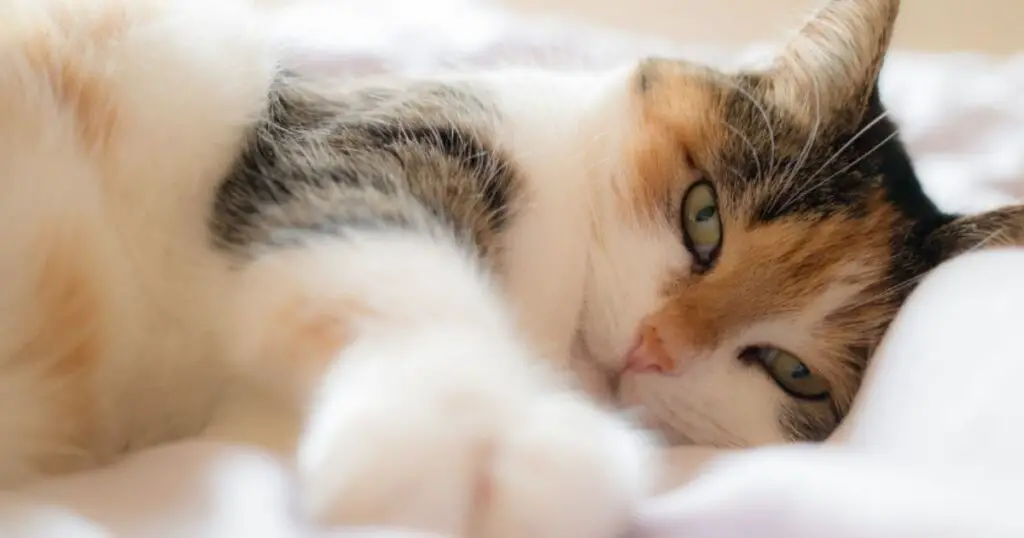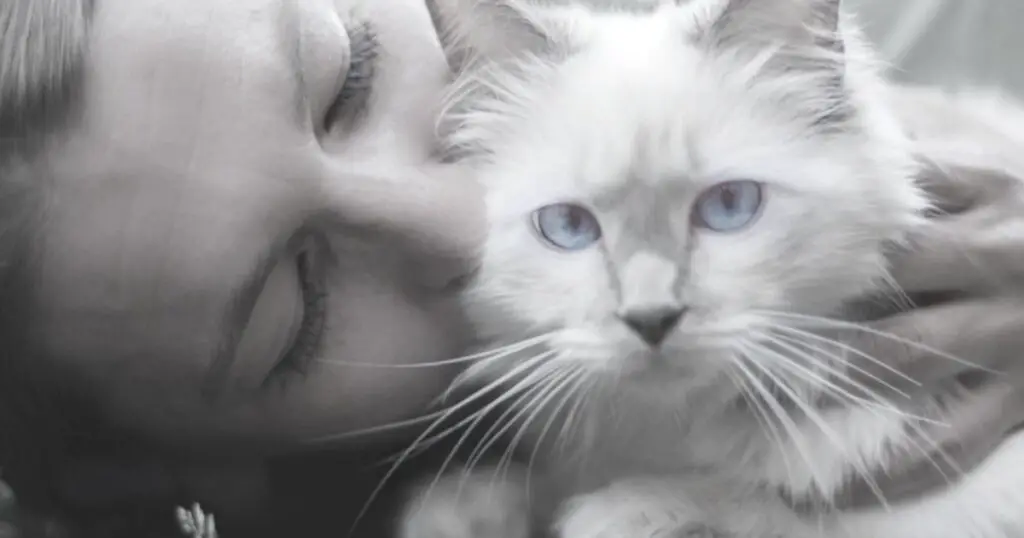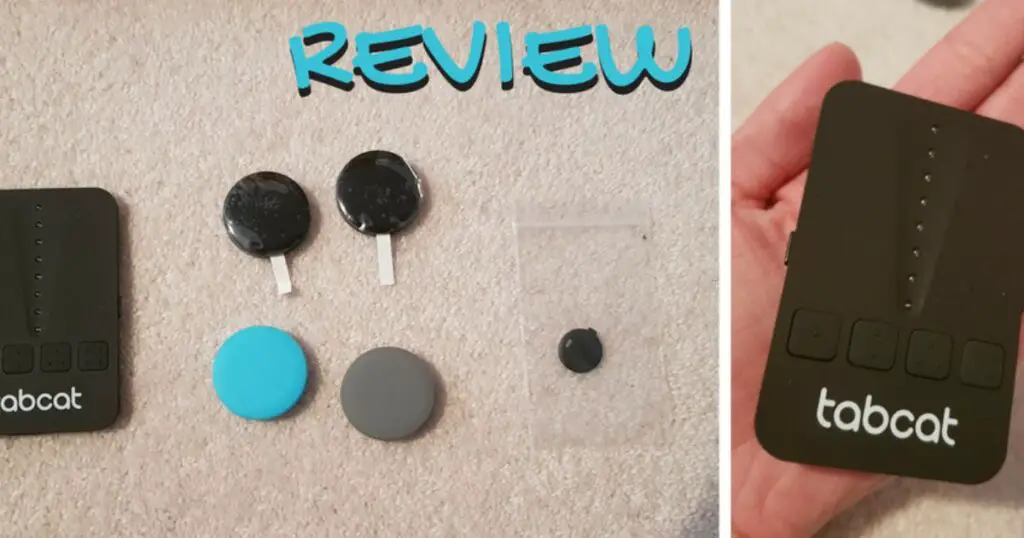If you’re a new cat owner, you’re probably wondering exactly what’s in store for you, especially if you’ve never had a cat before. So, we’ve written this article full of tips for new cat owners.
You may know the basics, what to feed your cat, etc, but there are so many other things that you may not have even considered! Cats are wonderful pets, they thrive when they’re well-cared for. Despite their perceived independence, they’re extremely domesticated animals who need lots of love, care and attention.
We hope you find these tips useful, we wish you all the best with your new feline friend! Here are 10 tips for new cat owners, with lots of things to consider!

1. Toilet Arrangements
A yucky, but vital part of pet ownership is disposing of their poop. As a new cat owner, you’ll need to decide where your cat’s toilet will be. It may be that your cat prefers to go outdoors, or you may have to find a perfect spot for a litter tray. Remember, cats can be particular about where they pee and poop!
Here are some things to consider about cat litter tray placement:
Cats don’t like their toilet to be too close to their food, so make sure it’s not right next to their food and drink bowls.
Ensure you put the litter tray somewhere that will always be accessible for your cat. Make sure that it’s not in a room where the door may be closed, or you could have to deal with a disgusting accident!
Litter trays can be smelly, so you won’t want it in your bedroom, kitchen or living area. Hallways, utility rooms or bathrooms are good ideas, but remember that your cat always needs an open door to get to it!
You should check the cat’s litter regularly, so the litter tray shouldn’t be totally out of sight. Cats may refuse to use a litter tray if it’s too dirty.
2. Food Bowl Placement
You’ll need to find a suitable place to put your new cat’s food and water bowls. Cats can also be fussy about where they eat, so you need to think about this carefully. There may be an element of trial and error to find a place that is convenient for both you and your cat.
Here are some things to consider about food bowl placement:
Decide upon your cat’s diet
Will he/she have dried food, tins, pouches or a mixture of both? Wet food bowls need washing regularly so you may choose separate bowls for dry/wet food.
Cats also need a supply of water
If you choose to use a bowl, your cat may prefer it to be in a different place to their food. You need to refresh the water daily or as often as you can so it doesn’t sit their stagnant.
Some cats will only drink running water
My cats love drinking from the faucet. In this case, you can get small fountains for cats to drink from (and play with using their paws)
You may have a messy eater, a cat who picks food out of the bowl and eats it from the floor. Mess mats are great for keeping the cleaning to a minimum!


Some research has suggested that cats don’t like eating from the floor and would prefer to have bowls at head height. There are suspended and elevated cat bowl holders available on Amazon.
3. Indoor or Outdoor?
You will need to decide whether your cat will be an indoor or outdoor cat. You may not have a choice in the matter if:
- Your cat decides he/she is going out regardless
- You live in an apartment building with no yard or on a high floor
In my personal opinion, it’s cruel to force a cat to stay indoors unless there are very particular circumstances to keep him/her in. It’s in a cat’s nature to roam to some extent and they need to experience fresh air. Otherwise, it’s no different from the poor farm animals who are kept in windowless sheds.
Either way, it’s your cat, so your choice.
Indoor cats and outdoor cats may display different behaviors, depending on their environment. There’s also people who cat-proof their back yards, ensuring that the cat has a safe, yet confined environment to explore. This is done using extremely high fences made from a surface that the cat cannot climb up with their claws. Sometimes, the top of the fence curves inwards at an angle, so even the most determined cat wouldn’t be able to manage a jump.
4. Entrance and Exit Points
If your cat is either an indoor or outdoor cat, you’ll need to determine his/her entrance and exit points, so you know how and where it’s possible for the cat to get outside. You may have a cat flap, or a permanently open window that’s safe for your cat to use.
Each house is different, so you’ll need to think like a cat and determine exactly where he/she may be able to get outside! If you’re trying to keep your cat indoors, then you’ll need to make sure that things like coming in and out of your front door is done carefully to avoid the cat making a run for it.
Many cats will be determined to get outside, no matter how hard you try. Each cat has their own personality, so you may have to take it day-by-day if your cat wants to go outside. Remember to introduce your cat to the outside slowly, and always make sure they have a way to get back in. If you move house, you should keep the cat inside for 2-3 weeks before allowing them out to roam in their new territory.
5. Quiet and Safe Places
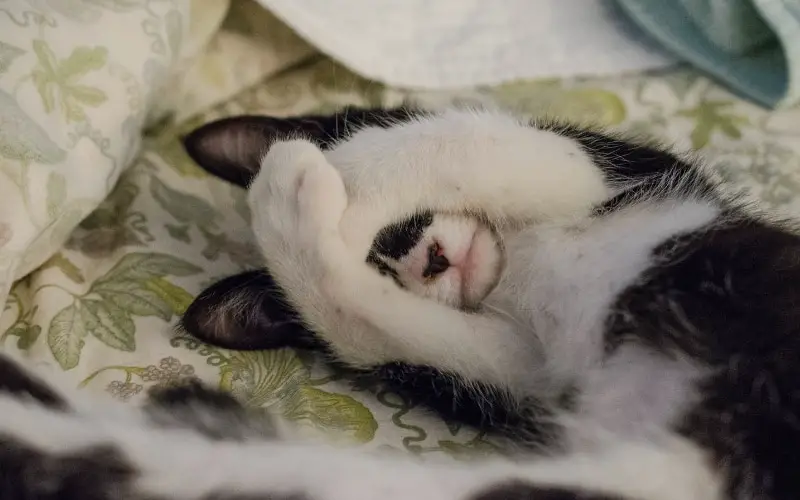
Your new cat will need somewhere to go if it all gets a bit too much, somewhere quite, safe, warm and cosy. You can create your own little space for the cat, but your cat will likely choose the most obscure places!
If your household is lively or noisy, then it’s especially important to allow your new cat some peace and quiet. Whether you live in a party house or you have noisy children, just ensure that your cat has somewhere quiet to go and relax away from any distressing noises.
6. Hazards and Hiding Places
If your cat becomes distressed, he/she may hide in the house, prompting you to think they’re gone missing. Cats are incredibly good at hiding and staying completely still for long periods of time. Try to make a mental note of various places that your cat could hide if they needed to, even the most obscure and random places!
Here is a non-exhaustive list of where I’ve found supposedly ‘missing’ cats hiding within their homes:
- Behind a piano
- Underneath a wardrobe
- Behind the washing machine
- Behind the refrigerator
- Beneath the wooden decking
- Underneath a porch
- Inside a flower pot
- Inside a hanging basket
- On a roof
- Underneath a bed
- In a shrubbery
- Up a tree
- In a box near the garbage
- Underneath a car (hidden behind the wheel)
- In the trunk of a car (jumped in without owner noticing, he heard a meow when he was driving a few days later…)
- Inside a cupboard
- Beneath the floorboards
- In the crawl space / basement / coal cellar of an old house
You get the picture… cats can hide, and their damn good at it!
Try to identify all of these places and make a list so you know where to check if your cat is suddenly missing and you know they haven’t gone far…
7. Will the Cat be Left Alone?
Will your cat be left alone for long periods of time? If he/she will be, then you could put provisions in place to ensure the cat is safe and have everything they need. Cats are relatively low-maintenance and they can be left alone for several days, but they’re still domesticated enough to need us. If you have a busy lifestyle or job that means your cat will be left alone, then please put some thought into how you will keep your cat happy whilst you’re away.
Here are some options for you if you’ll be regularly leaving your cat alone (for longer than 24 hours)
- Ask a trusted friend or neighbor to check on and feed your cat every day or every other day
- Install a cat flap so your cat can come and go as they please
- Invest in an automatic cat feeder with a timed feeding programme (dried food only)
- Consider a water fountain for cats to ensure they have fresh water at all times
- Invest in a hygienic or self-cleaning litter tray, or arrange for it to be regularly cleaned or emptied
- Look for local pet-sitters or house-sitters who are experienced with looking after people’s pets. Always check for references before hiring anyone or giving them keys to your house!
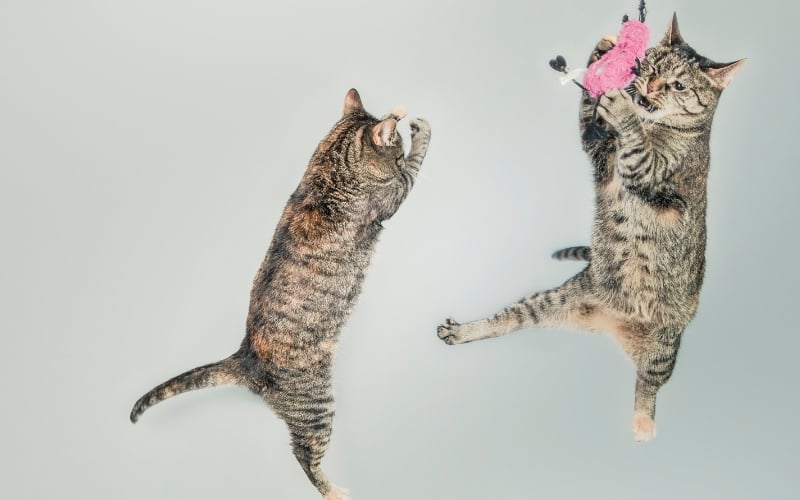
8. Food Storage
If you’ve lived a pet-free life and you live somewhere without wild animals being a domestic hazard, then you’ve probably taken it for granted that you can leave food on the counter and return to find it untouched. But if you have a cat, it’s highly likely that they will investigate any food left on counters, if it’s meat or dairy based then it’s definitely a gonna. If it’s not meat or dairy based then your cat may still have a nibble at it before realising it’s not for cats.
You’ll need to make sure that you don’t leave food out, or even dirty dishes as my cat has been known to like butter off of knives or milk from the bottom of a cereal bowl. Besides, human food is bad for cats and shouldn’t be fed to them often.
9. Visiting the Vet
As a new cat owner, one of the first things you should do is find your local vet, call them, register your pet and arrange to see the vet as soon as possible.
At the vets, you should do the following things…
a. Health Check
Ask the vet to check the cat is healthy and doesn’t have any signs of illness. The vet should check their ears, eyes, teeth, back of their throat and their butts, they should also confirm the gender if it’s a kitten.
b. Vaccinations
Get the necessary vaccinations for your cat, there are several diseases that your cat may be susceptible to if they’re not vaccinated. If you fail to protect your cat from these deadly diseases then you could end up paying hefty vet bills later on, and have a very poorly cat to take care of. Protect your cat and get them vaccinated.
c. Micro-chipping
Your cat should be micro-chipped and your name, phone number, address and email should be registered along with the chip. If your cat ever gets lost and found by someone, a vet can use a scanner to find the chip and locate the owner.
Related: Happy cat reunion stories
d. Neutering / Spaying
If he/she isn’t already, get your cat neutered/spayed. This is an excellent way to protect your cat in the long-term, neutered cats live longer, have a smaller territory, are less likely to get into fights and for females, the strain of having litters of kittens every year is tiring. It’s irresponsible to bring hundreds of kittens into the world unless you’re able to safely home each and every one of them. Just pay the $50 and get them neutered/spayed. It’s a quick operation and will save you lots of hassle in the long run.
10. Knowing What Your Cat Gets Up To
If you’ve never had a cat before, no doubt you’ll be amazed at just how incredible they are, they explore the strangest of places, sleep in the weirdest of positions and just generally do entertaining things according to their instinct. I’ve found my cats hanging from curtain rails and door frames, perched on window ledges and scurrying beneath the floorboards. You never know what kind of behavior or habits your cat will pick up around the house until you witness it!
If you’re intrigued and fascinated to learn about where your cat goes, then there are now ways for you to track your cat’s movements with small GPS trackers which can be attached to your cat’s collar! This can help give you peace of mind if your cat goes outdoors and you’re anxious about where s/he goes.
GPS Cat Trackers
Here is a list of the best GPS cat tracking devices available at the moment
Pod 3 Cat Tracker
Pod 3 Pet Tracker is a cat tracker that contains Global Positioning System (GPS) technology. It uses the GPS technology to detect the location of your cat, by means of a tracking device that attaches to your cat’s collar and a mobile app. It tracks your cat from your smartphone and has the same features as Weenect, minus the voice call feature.
Read our full review of the Pod 3 Tracker or click here to reveal the current price.
Tab Cat
Tab cat is a cat tracker that contains award-winning technology. It uses radio frequencies to detect the location of your cat, by means of a credit card sized plastic handheld device and dime-sized trackers that attach to your cat’s collar.
Read our full review of the TabCat Cat Tracker or click here to reveal the current price.
Weenect Cat Tracker
Weenect is another cat tracker that contains Global Positioning System (GPS) technology. It uses the GPS technology to detect the location of your cat, by means of a tracking device that attaches to your cat’s collar and a mobile app. It tracks your cat from your smartphone and has a wide range of features.
Read our full review of Weenect Cat Tracker or Click here to reveal the current price
So, those are some of the things to consider when you have a new cat in the house, we hope you found these tips for new cat owners useful. Don’t forget to share this post with your cat-loving friends!
This post contains affiliate links. That means that, at no extra cost to you, we may receive a small commission if you buy a product using one of the links on this page. Read our full disclosure here.

